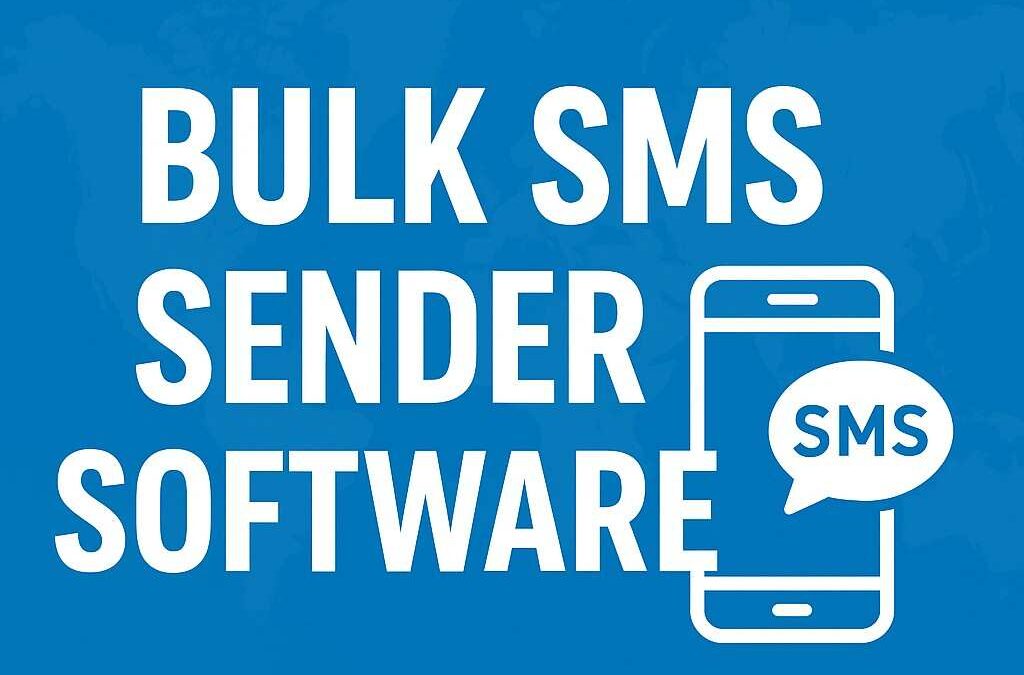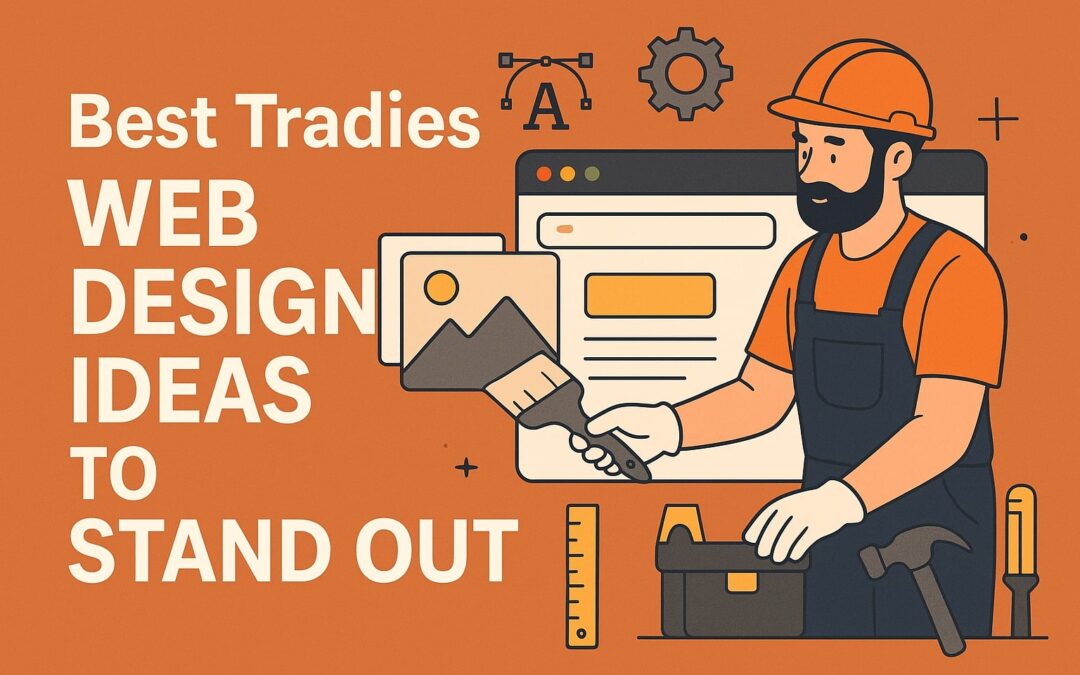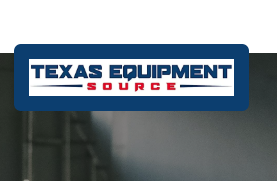If you’re aiming to get your products into the European Union (EU), one thing’s crystal clear—there’s no skipping CE certification. That little “CE” mark isn’t just some random sticker slapped on by chance. It’s more like your product’s VIP pass to enter the bustling, highly regulated EU marketplace. But who exactly needs CE certification, and why should exporters care about it beyond the obvious legal requirements? Let’s chat about that—no jargon overload, just the real deal.
What on Earth is CE Certification?
Before we jump into who needs it, it’s worth taking a quick moment to understand what CE certification actually means. CE stands for Conformité Européenne—French for “European Conformity.” Essentially, it’s a declaration that your product complies with all the applicable EU regulations concerning safety, health, and environmental protection.
You might think, “Okay, so it’s just about safety?” Well, yes, but it’s also a lot more than that. Think of it as the EU’s quality passport. Without it, your product simply can’t legally hit shelves or online stores within EU member countries.
Here’s the kicker: CE marking isn’t about the product’s quality per se—it’s about meeting specific minimum standards so that the EU trusts your product is safe and reliable. No CE mark? No entry.
So, Who Actually Needs CE Certification?
This is where it gets interesting because CE certification isn’t a one-size-fits-all label slapped on everything. It applies to certain product categories that fall under EU directives and regulations. If you’re exporting to Europe, here’s who’s got to get serious about CE:
-
Manufacturers, inside or outside the EU. If you make your product and want to sell it in the EU, you need CE certification. It doesn’t matter if your factory is in China, Egypt, or right in Germany—you’re responsible for ensuring your product ticks the CE boxes.
-
Importers and distributors in the EU. Even if you didn’t make the product, if you bring it into the EU or distribute it, you need to make sure the ce certification is in place and proper. Otherwise, you’re opening yourself up to serious trouble—think shipment seizures or fines.
-
Authorized representatives. For non-EU manufacturers, appointing an EU-based representative to handle the certification process and liaise with authorities isn’t just smart—it’s often mandatory.
-
Products that require CE marking: The list is broad, including electrical equipment, toys, machinery, medical devices, personal protective equipment, construction products, and more. Honestly, if you’re selling anything technical or consumer-facing, CE probably applies.
So, whether you’re a gadget maker, a toy manufacturer, or a producer of safety gear, CE certification is your golden ticket—or your hurdle, depending on how prepared you are.
Why Exporters Should Care Beyond the Sticker
Here’s the thing—CE certification isn’t just a regulatory hoop to jump through; it has real, tangible impacts on your business. You know what can happen if your shipment arrives without proper CE marking? It gets stopped. And sometimes, stopped for weeks. Customs won’t budge. Your buyers get frustrated. Your brand reputation takes a hit.
But it’s not just about avoiding headaches. When you have CE certification:
-
Customers trust you more. The CE mark signals safety and compliance, reassuring consumers that your product meets European standards.
-
You get smoother access to the market. Retailers, wholesalers, and tenders often require CE-marked products. Without it, you’re sidelined.
-
It cuts down on risks. Proper certification means you’ve documented your product’s compliance, so if anything goes wrong, you’re not left fumbling.
Exporting without CE certification is a bit like trying to enter a nightclub without an invitation—some places might let you in, but the big, reputable venues will slam the door in your face.
What’s the CE Certification Process? Here’s What Exporters Should Know
Let’s not pretend it’s a walk in the park. CE certification involves a few key steps, and knowing what to expect helps you avoid surprises:
-
Self-declaration or third-party assessment? For many products, you can self-declare compliance, which means you verify and document everything yourself. But for higher-risk products—think medical devices or machinery—you’ll need a third-party notified body to test and certify your product.
-
Technical documentation. You’ve got to prepare a technical file demonstrating how your product complies. This can include design drawings, test reports, risk assessments, and more.
-
Declaration of Conformity. This official document states that your product meets all relevant directives. It’s like your product’s resume.
-
Role of Notified Bodies. These are specialized organizations authorized by EU countries to assess products requiring more rigorous checks. They’re the gatekeepers for certain categories.
Exporters often stumble here by underestimating the paperwork or misjudging whether their product needs notified body involvement. That’s a costly mistake you want to avoid.
Let’s Bust Some Myths: CE Certification Misconceptions
There are plenty of half-truths floating around about CE certification. One of the biggest? The “CE is just a sticker” myth. Honestly, that couldn’t be farther from the truth. Slapping a CE mark on your product without the proper backing is not only illegal—it’s reckless. The EU’s market surveillance authorities can and do pull non-compliant products off shelves.
And don’t confuse CE certification with other marks like RoHS (Restriction of Hazardous Substances) or FCC (Federal Communications Commission) certification—those serve different regions and purposes.
Another common slip-up: exporters often overlook the importance of maintaining updated technical documentation. It’s not a one-and-done deal. Keeping detailed records is crucial, especially if authorities ask for proof.
Beyond Just Compliance: The Upside of CE Certification
Sure, following rules sounds dull, but here’s a thought—CE certification can actually be your competitive edge. Imagine you’re a buyer deciding between two similar products. One carries that neat CE mark with proper documentation; the other doesn’t. Which one wins your trust?
Plus, once you’re CE certified, other markets that recognize EU standards might be easier to crack. It’s like having a badge that says, “I meet strict global standards.” That can open doors to partnerships, government contracts, and more.
What Should Exporters Do Next?
If you’re wondering whether you need CE certification for your product, don’t guess—ask. Reach out to industry experts, trade associations, or even a notified body to get clear guidance.
Starting early helps avoid last-minute scrambles. And remember, viewing CE certification as a costly burden misses the bigger picture. It’s an investment in your brand’s reputation, your customer’s safety, and your business’s future.
Wrapping It Up: CE Certification Isn’t Optional—It’s Essential
Getting your product CE certified might feel like jumping through hoops, but those hoops are designed to protect everyone—from consumers to businesses like yours. If you’re serious about entering or expanding in the European market, CE certification is the foundation you build on.
So, get informed, get compliant, and get ready to make your mark—literally. After all, that little CE symbol carries a lot of weight, and it just might be the best thing you put on your product this year.







0 Comments